
Samantha Rohn

In the digital era where customer satisfaction is king, understanding different customer support types is crucial for businesses. These types evolve to meet and exceed the ever-changing consumer expectations
A cornerstone of this evolution involves understanding and implementing the most effective types of customer support for your specific needs. From live chat support to self-service portals and social media outreach, the landscape of customer support is as diverse as it is dynamic.
In this guide, we’ll explore nine essential customer support types, diving into their methods, advantages, and limitations.
Whether you’re just starting your journey in building a customer support strategy or looking to optimize an existing one, this article offers insights that could be pivotal in enhancing your customer experience and cultivating long-term customer loyalty.

Let’s dive into the most common types of customer support channels, explore their pros and cons, and discover use cases for each.
Email customer support is widely recognized for its asynchronous communication benefits. Customers have the freedom to explain their concerns in detail, knowing that a dedicated support agent will respond directly to their inbox. In fact, a staggering 90% of organizations opt for this channel as part of their customer service tools.
Pros:
Cons:
Examples of companies that provide excellent email-based customer support:
Phone-based customer support has long been a staple in the customer service world. As one of the primary types of customer support channels, phone-based customer support facilitates instant, voice-based communication.
This channel provides an avenue for immediate dialogue, bridging the gap between customers and support agents. With its popularity evident, 87% of B2B organizations utilize phone support, accounting for a substantial 32% of all customer inquiries.
Pros:
Cons:
Examples of companies that provide contact center as a service (CCaaS):
Live chat customer support stands as a real-time interactive cornerstone within the vast spectrum of customer support types, offering immediate responses to customer queries.
Although it provides instant responses, complex inquiries on live chat may require email for a more detailed resolution. Incorporating live chat support in your customer support arsenal can boost customer loyalty, as 52% of customers tend to prefer companies that offer this service.
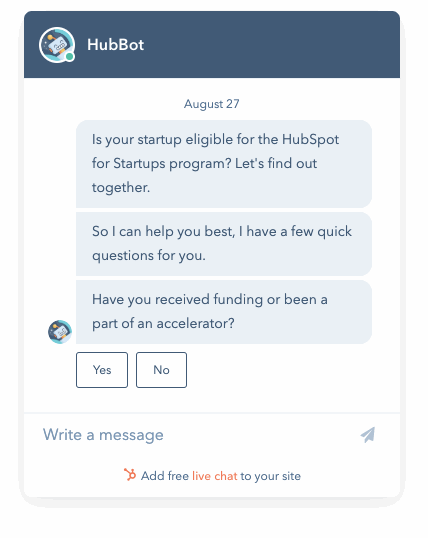
Pros:
Cons:
Examples of companies that provide excellent live chat customer support:
Self-help customer support complements other customer support types by empowering users to find solutions on their own using knowledge bases, FAQs, and other online tools, reducing the demand on direct support channels.
Often dovetailing with different support types like email or phone, self-service aims to lighten the load on support agents. Highlighting its efficacy, 65% of customer service leaders have observed a decline in support call volume due to enhanced self-service avenues.
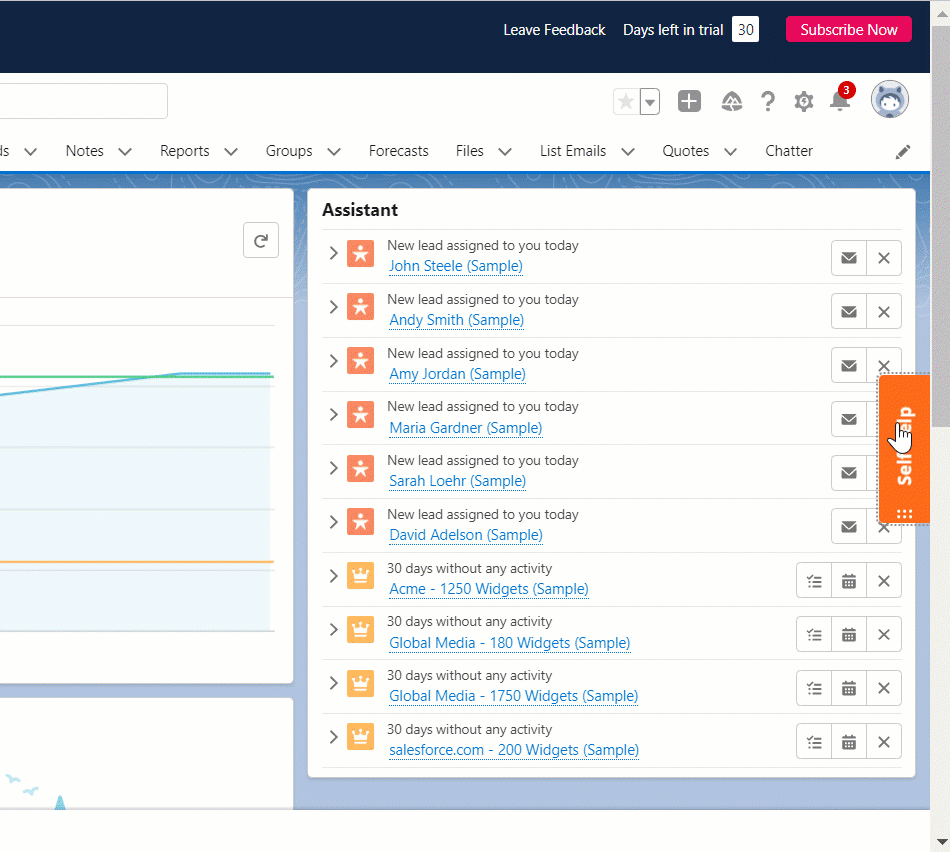
Pros:
Cons:
Examples of companies that provide excellent self-service customer support:
As one of the more integrative customer support types, omnichannel customer support ensures consistent user experience across multiple channels, bridging gaps between digital and physical support mediums. One of the top three areas for customer care teams to invest in is technology that enhances omnichannel and digital capabilities.
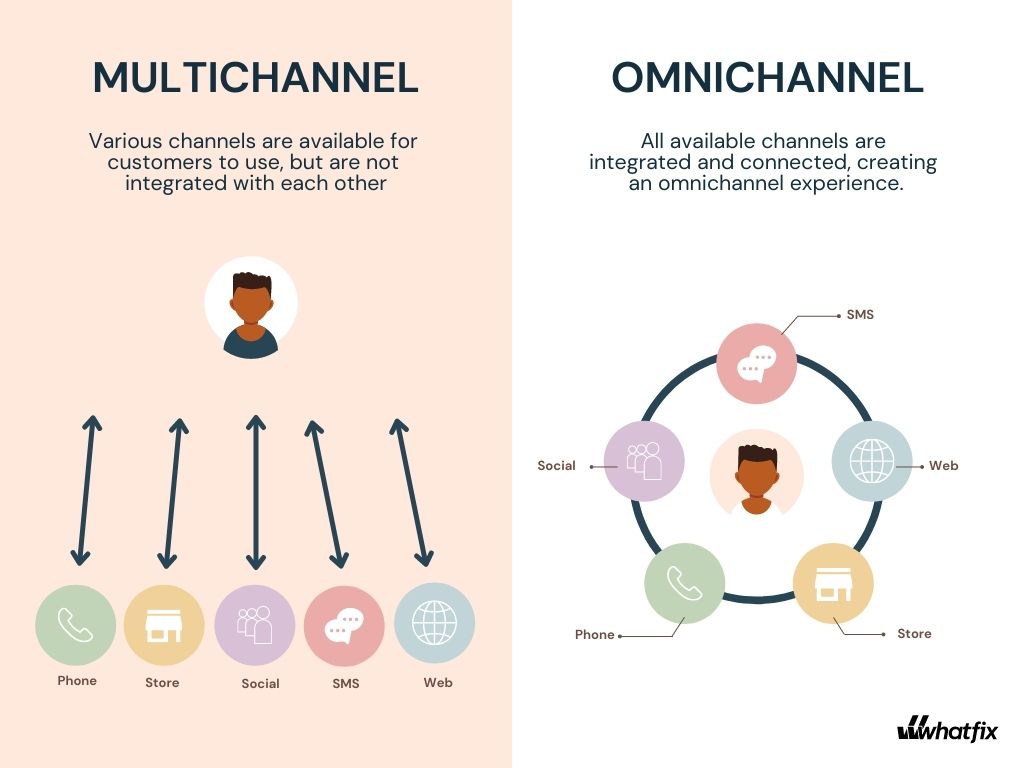
Pros:
Cons:
Examples of companies that provide excellent omnichannel customer support:
In the age of digital communication, social media customer support has emerged as a crucial type of customer support, addressing the growing need for businesses to interact with customers on platforms they frequently use, like Facebook, Twitter, or Instagram.
A noteworthy statistic reveals that 32% of organizations allocate social customer service responsibilities to their marketing teams, while 24% indicate a collaborative approach, with both marketing and customer service teams sharing the task.
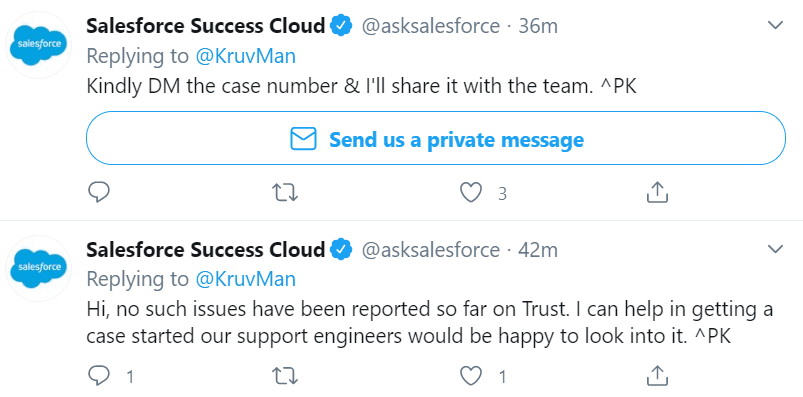
Pros:
Cons:
Examples of companies that provide excellent social media customer support:
Automated customer support leverages technology to provide immediate, system-driven responses, adding a layer of efficiency and scalability in the continuum of customer support types. Enhanced by breakthroughs in natural language processing (NLP) and artificial intelligence (AI), these systems offer a more intuitive interaction.
Pros:
Cons:
Examples of companies that provide excellent automated customer support:
Business Process Outsourcing (BPO) is a unique and effective customer support type for companies that want to optimize their customer support services. With BPO, businesses can outsource specific support functions to external agencies, which can provide specialized knowledge and expertise to handle customer inquiries and concerns.
This approach not only ensures cost-effectiveness, but also guarantees high-quality customer service that meets the needs and expectations of clients.
Pros:
Cons:
Examples of companies that provide excellent BPO:
Dedicated customer support, focusing on providing specialized assistance to specific user segments or products, refines the range of customer support types by ensuring high-quality, tailored interactions. Dedicated support assigns specific agents or teams to individual customers, fostering personalized and long-term relationships. 32% of European companies offer a designated contact person to B2B customers.
Pros:
Cons:
Examples of companies that provide excellent dedicated customer support:
These nine customer support types play a pivotal role in shaping a company’s customer service strategy. Understanding each type’s strengths and limitations allows businesses to tailor their support offerings, ensuring that they not only meet but exceed their customers’ expectations.
As the landscape of customer service evolves, various customer support types are emerging. These are set to define the future of customer interactions.
Here are the trends that are going to shape customer service and support in the near future.
Among the evolving customer support types, AI-powered methods are rapidly gaining prominence. Customer service teams, second only to finance departments, are heavily integrating AI into their daily operations.
This shift in customer support types allows AI and machine learning to address challenges like staff shortages, ensuring faster service, and even offering a more personalized touch — dispelling the common misbelief that AI detracts from personalization. Key examples of this AI-powered transformation include tools like chatbots, AI-driven ticket routing, and AI-enabled customer analytics.
Looking ahead, the industry can anticipate advancements like AI voice recognition and sentiment analysis for phone support, as well as AI-enhanced knowledge bases and self-service portals.
Emerging as one of the more advanced customer support types, predictive support models utilize data analytics and AI algorithms. These models anticipate customer needs and potential issues, enabling a proactive support approach.
The result? Improved customer satisfaction and reduced support costs. By leveraging insights based on user behavior, companies can offer timely tips, reducing the likelihood of customer challenges. Today’s support teams are already integrating these predictive insights for tasks like customer segmentation and feedback analysis.
Emerging as a novel approach within the spectrum of customer support types, the peer-to-peer model has transformed traditional self-service into a more community-centric experience. This evolution sees companies establishing dedicated platforms, like customer communities and user forums, to foster a collaborative support environment.
In these spaces, customers can not only ask questions and discover best practices, but also share their personal experiences. By integrating this method, businesses can offer an additional layer of assistance, encouraging customers to connect, collaborate, and collectively enhance the support process.

Here are nine tips for you to select a customer support model that fits your business and customer needs best.
Before diving into various customer support types, research the needs and preferences of your customers. Creating or revisiting customer personas will provide insights into which support types resonate best with them.
It’s also recommended to survey your customer base or refer to industry benchmarks to determine the preferred customer support types. By doing so, you can ensure that your customer support strategy aligns with your customer’s expectations and needs, ultimately leading to higher satisfaction and retention rates.
Given the variety of customer support types available, consider the complexity and technical requirements of your offerings.
For instance, if your offering requires frequent troubleshooting or technical assistance, real-time support options like phone or live chat are essential. On the other hand, products like on-demand streaming services require less immediate support and can benefit from self-service options like comprehensive FAQs or AI-powered chatbots to handle common queries.
Depending on the scale and reach of your business, some types of customer support will be more fitting than others.
Businesses with small and localized customer bases will benefit from the combination of automated support and more personalized support options, such as AI chatbots for handling common inquiries and email support to direct complex issues to the appropriate agent.
Companies serving large and diverse customer bases across multiple regions typically go for more scalable support solutions like omnichannel support. This approach allows them to offer consistent customer experiences across different communication channels, such as phone, email, live chat, and social media.
When exploring various customer support types, it’s crucial to assess your resources and budget. Conduct a thorough analysis of available resources and budget to identify any gaps or constraints that might impact the implementation of your chosen customer support model. If internal resources are limited, you could explore the possibility of outsourcing certain support functions to specialized third-party providers.
Different customer support types offer varying levels of personalization. Some customers gravitate towards highly personalized interactions, while others favor self-service channels.
While premium software companies providing complex enterprise solutions should definitely provide tailored support, mass-market retailers can trade dedicated support for quick and efficient shopping experiences.
Overall, it’s best to offer a range of support options to accommodate diverse preferences. Implement self-service resources such as comprehensive FAQs, knowledge bases, and AI-powered chatbots for customers who prefer quick and independent solutions. For customers seeking more personalized interactions, provide channels like phone support or live chat, where human agents can offer individualized assistance.
To get a sense of prevalent customer support types in your industry, analyze the channels and methods adopted by competitors. Evaluating their service can provide insights into potential gaps or opportunities in your own support offerings.
But how do you really know whether the audience is happy with the support model(s) of your competitors? Go to G2 or Capterra and read what your audience has to say about their service and support experience.
So you’ve chosen several customer support models. What’s next?
To determine the best customer support model for your business, conduct testing and gather feedback from both customers and support team members. Gather feedback from customers through surveys, feedback forms, or post-interaction follow-ups.
Implement pilot programs for different support approaches and compare their performance metrics, such as response times, issue resolution rates, and customer satisfaction scores.
When evaluating different customer support types, ensure you factor in scalability. What suits a smaller customer base today might not be efficient as you expand. A support model that works well for a small customer base may become inadequate as your customer volume increases.
Anticipate future expansion and ensure your chosen model can accommodate a growing customer base without compromising support quality. Invest in technologies and tools that can scale alongside your business, and design support workflows that can handle higher volumes of inquiries efficiently.
Regular customer feedback is invaluable when refining your chosen customer support types. Engaging both customers and support staff can help you understand the efficacy of your current approach and areas of potential enhancement.
Customers can provide insights into their support experience, highlighting what works well and what could be enhanced. Similarly, your support team can offer valuable feedback on the challenges they face and the resources they need to better serve customers.
Consider implementing regular feedback sessions, surveys, or suggestion boxes to collect ongoing input from both customers and support staff.
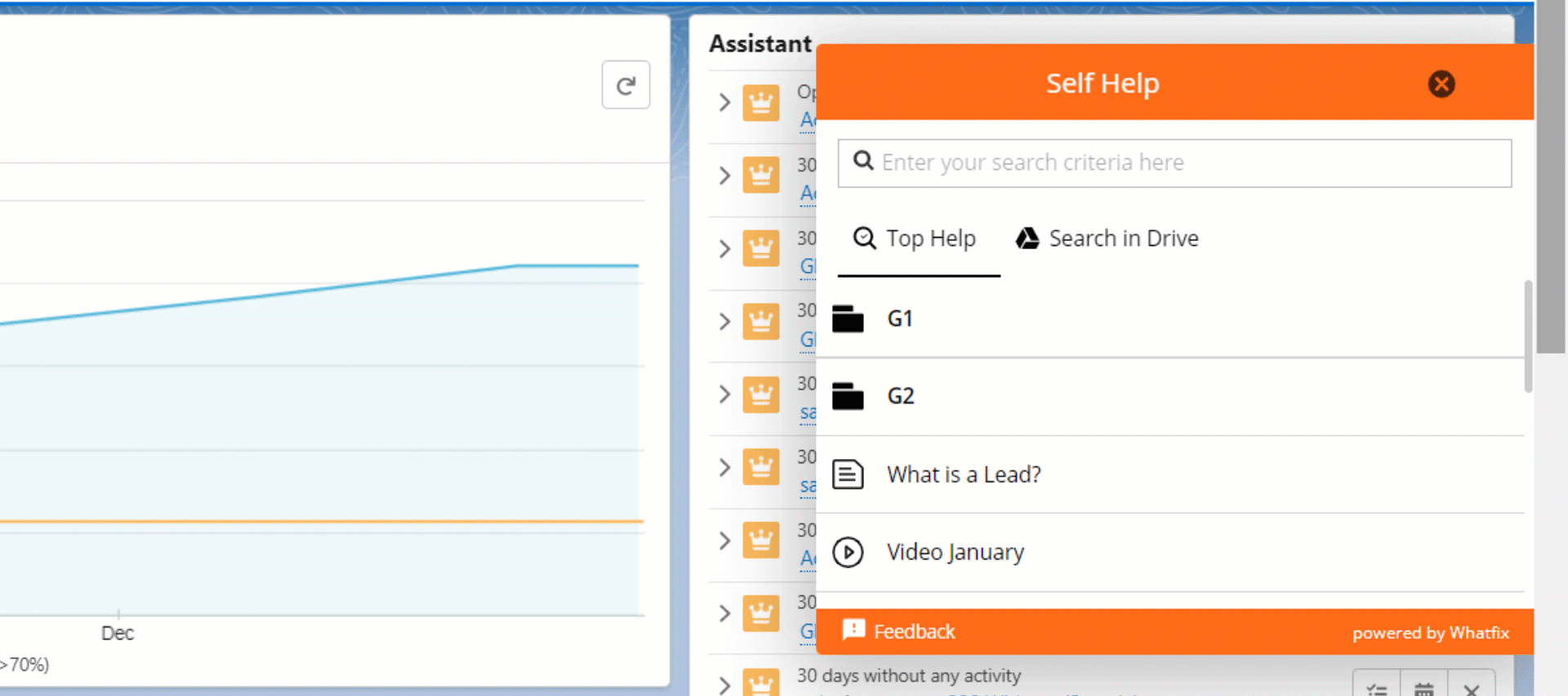
81% of customers are seeking diverse customer support types beyond traditional channels. Moving beyond chatbots and knowledge bases, there’s a rising demand for dynamic and interactive in-app guidance—a unique customer support type offered by digital adoption platforms (DAPs) like Whatfix.
As one of the innovative customer support types, Whatfix empowers your users with on-screen guidance, interactive walkthroughs, and contextual assistance right within your application.
Integrating this distinct customer support type, Whatfix helps reduce the volume of traditional support requests. By offering real-time in-app support, you ensure users get help precisely when and where they need it.
Shift from traditional customer support types like sifting through extensive knowledge base articles or awaiting agent responses. With Whatfix, you get immediate guidance, streamlining software adoption for your users.
Discover how Whatfix can elevate your various customer support types, ensuring optimal user satisfaction and streamlined experiences.

Thank you for subscribing!